Filter by
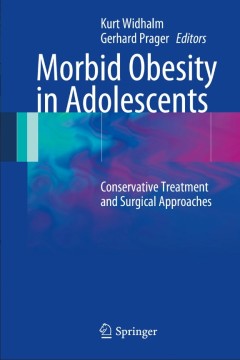
Morbid Obesity in Adolescents
As the worldwide prevalence of morbid obesity among adolescents continues to rise, recent years have seen a large increase in the performance of adolescent bariatric surgery. While surgical intervention often becomes necessary when conservative weight-loss therapies have failed, no standards regarding the post-operative regimen and long-term management of adolescent patients have been establish…
- Edition
- 1
- ISBN/ISSN
- 978-3-7091-0967-0
- Collation
- -
- Series Title
- -
- Call Number
- -
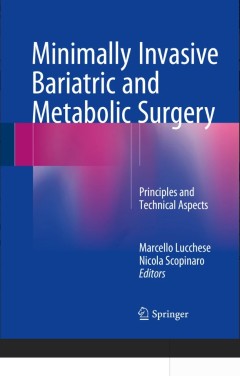
Minimally Invasive Bariatric and Metabolic Surgery
This book explains the concept of metabolic surgery and provides step-by-step descriptions of all the principal minimally invasive surgical techniques employed to treat morbid obesity. The approach adopted is very practical. For each procedure, indications, technical aspects, clinical management and outcomes are described and helpful tips and tricks, highlighted. Guidance is provided on the man…
- Edition
- 1
- ISBN/ISSN
- 978-3-319-15355-1
- Collation
- IX, 311
- Series Title
- -
- Call Number
- -

The Root Canal Biofilm
This book presents the current state of research on the basic scientific aspects of root canal biofilm biology within a clinically applicable context. Root canal biofilms are complex polymicrobial structures adhering to the root canal surface that are formed by microorganisms invading the pulpal space of teeth, and are associated with persistent root canal infections. Concerted efforts to study…
- Edition
- -
- ISBN/ISSN
- 978-3-662-47415-0
- Collation
- -
- Series Title
- -
- Call Number
- -

Microbial Endocrinology: Interkingdom Signaling in Infectious Disease and Health
Prof. Mark Lyte, Ph.D., M.S., MT(ASCP) is a Professor in the Department of Veterinary Microbiology and Preventive Medicine, College of Veterinary Medicine, Iowa State University. Prof. Lyte conducted experiments in 1991 that subsequently led him shortly thereafter to propose and found the field of microbial endocrinology. In addition to having served on scientific review panels for the National…
- Edition
- 1
- ISBN/ISSN
- 978-3-319-20214-3
- Collation
- XIII, 374
- Series Title
- Advances in Experimental Medicine and Biology
- Call Number
- -
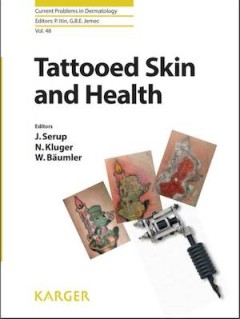
Tattooed Skin and Health
With about 10–20% of the adult population in Europe being tattooed, there is a strong demand for publications discussing the various issues related to tattooed skin and health. Until now, only a few scientific studies on tattooing have been published. This book discusses different aspects of the various medical risks associated with tattoos, such as allergic reactions from red tattoos, p…
- Edition
- -
- ISBN/ISSN
- 9783318027761
- Collation
- -
- Series Title
- -
- Call Number
- -
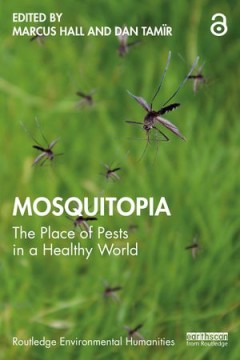
Mosquitopia The Place of Pests in a Healthy World
This edited volume brings together natural scientists, social scientists and humanists to assess if (or how) we may begin to coexist harmoniously with the mosquito. The mosquito is humanity’s deadliest animal, killing over a million people each year by transmitting malaria, yellow fever, Zika and several other diseases. Yet of the 3,500 species of mosquito on Earth, only a few dozen of them a…
- Edition
- -
- ISBN/ISSN
- 9781000435108
- Collation
- -
- Series Title
- -
- Call Number
- -
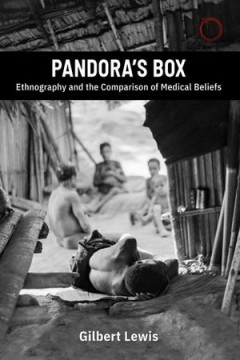
Pandora’s Box : Ethnography and the Comparison of Medical Beliefs
In this book, written between 1979 and 2020, Gilbert Lewis distills a lifetime of insights he garnered as a medical anthropologist. He asks: How do beliefs about illness in different societies influence their members’ ability to heal? Despite the advances of Western medicine, what can it learn from non-Western societies that consider sickness and curing to be as much a matter of social relati…
- Edition
- -
- ISBN/ISSN
- 978-1-912808-87-8
- Collation
- -
- Series Title
- -
- Call Number
- 306.461 LEW p

Removal of Carious Lesion
Includes a display of instruments necessary for caries removal, a discussion of the steps and criteria involved and demonstration of a complete removal of a carious lesion. Orig. air date: JAN 8 74 This is part of the Open.Michigan collection at: http://open.umich.edu/education
- Edition
- -
- ISBN/ISSN
- -
- Collation
- -
- Series Title
- -
- Call Number
- 610
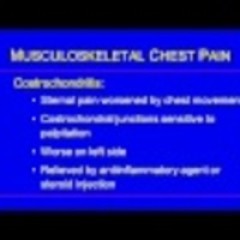
The Evaluation of Chest Pain
A lecture on evaluating a patient with chest pain by Dr. Kim Eagle, M.D. This lecture was taught as a part of the University of Michigan Medical School's M2 - Cardiovascular Sequence View the course materials: http://open.umich.edu/education/med/m2/cardio/materials Creative Commons Attribution-Share Alike 3.0 License http://creativecommons.org/licenses/by-sa/3.0/ Help us caption and …
- Edition
- -
- ISBN/ISSN
- -
- Collation
- -
- Series Title
- -
- Call Number
- 610
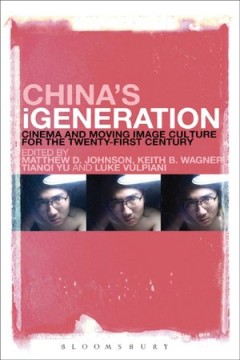
Chronic Coronary Artery Disease
A lecture on chronic coronary artery disease by Dr. Kim Eagle, M.D. This lecture was taught as a part of the University of Michigan Medical School's M2 - Cardiovascular Sequence View the course materials: http://open.umich.edu/education/med/m2/cardio/materials Creative Commons Attribution-Share Alike 3.0 License http://creativecommons.org/licenses/by-sa/3.0/ Help us caption and trans…
- Edition
- -
- ISBN/ISSN
- -
- Collation
- -
- Series Title
- -
- Call Number
- 610
 Computer Science, Information & General Works
Computer Science, Information & General Works  Philosophy & Psychology
Philosophy & Psychology  Religion
Religion  Social Sciences
Social Sciences  Language
Language  Pure Science
Pure Science  Applied Sciences
Applied Sciences  Art & Recreation
Art & Recreation  Literature
Literature  History & Geography
History & Geography